The X
Instructor: Andrew ZagoCollaboration With: Pengju Hou, Long Pan, Wenzhi Zhen
Spring 2019
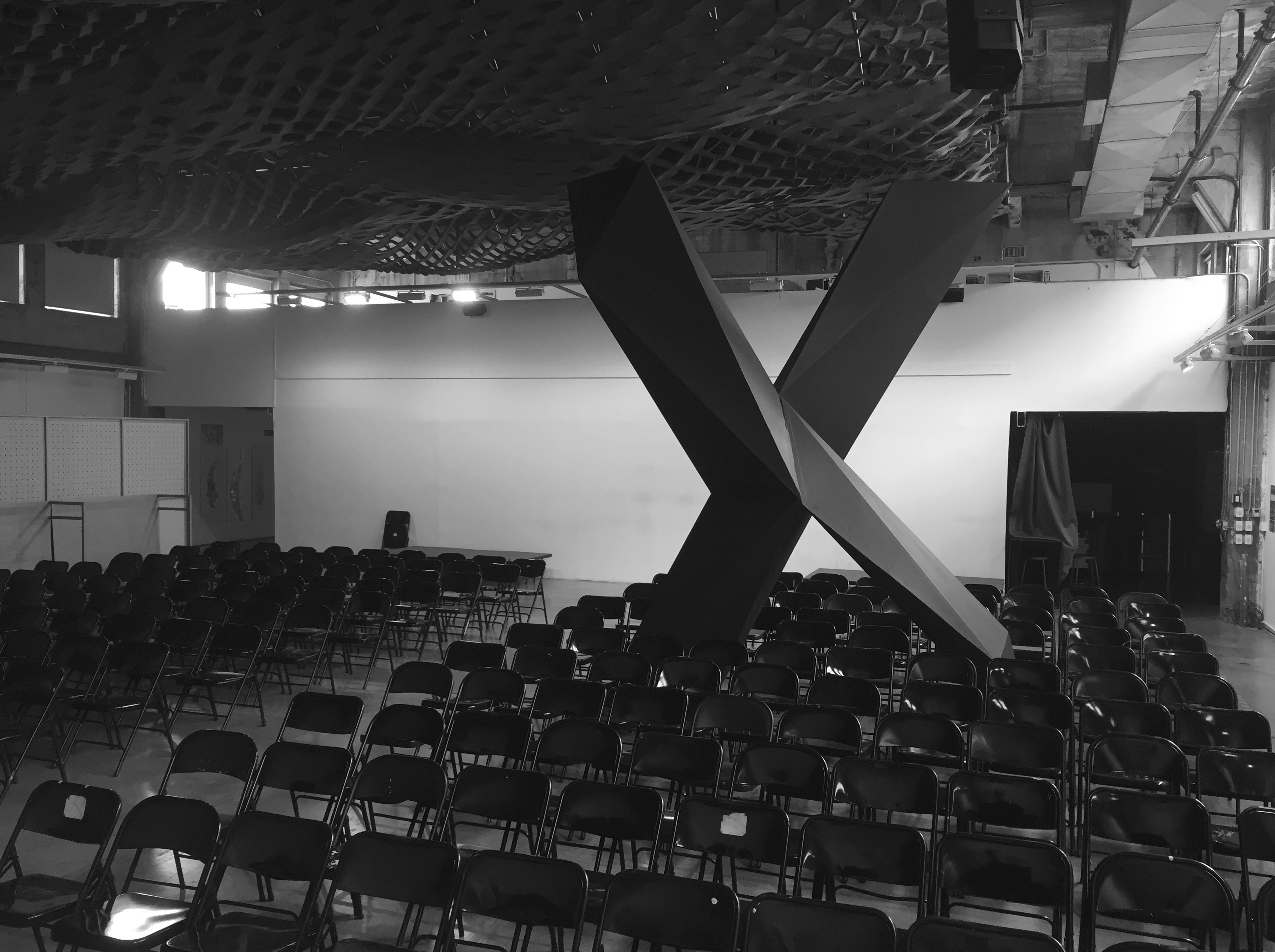







The kind of scale that acts as content is not simply a matter of size and proportions, it is a function of
the way the forms appear to expand and continue beyond their physical limitations, acting aggressively
on the space around them and compressing it. The intrusion of these forms into the surrounding
space and their interaction with the architecture force the viewer to consider the environment in
which they are placed in the context of the sculpture. The emotional impact of the works comes
largely from the fact that the spectator must reconsider a familiar space and must as well reassess
his own size, place, and importance in terms of the work. It can be an exhilarating or even frightening
experience. (Eleanor Green, Scale as Content, Exhibition Catalog 1967)








This seminar will exploit visual studies’ license to place architecture in a promiscuous relationship to art and will also take the anachronistic liberty of considering Scale as Content to be a curatorial time capsule- a missive from 1967 for us in our own fraught times. This wandering triad of works constructive, critical,and nihilist will be overlaid onto architecture to consider The X as place holder for a contemporary architectural expression - too reduced in profile to be form, too disturbing to be shape . Through a series of large constructive assemblies we will seek out contemporary Xs as a relevant - if ambiguous category for architectural expression.
(Zago A., 2019)
Reseach 1 :Properties of the 3 X’s
In class we began to examine the geometric features of X’s both internal to themselves and to an orthogonal
context. The assigned Hejduk article expands on the matter of orthogonal and not orthogonal. For this assignment,
repeat it for each of the following 3 X’s:
1 - Wikipedia commons red X (https://commons.wikimedia.org/wiki/File:Red_X.svg)
2 - Paul Renner, Futura Bold, 1928. Uppercase X. Vector artwork provided.
3 - Ronald Bladen’s The X. Vector artwork provided
(Zago A., 2019)
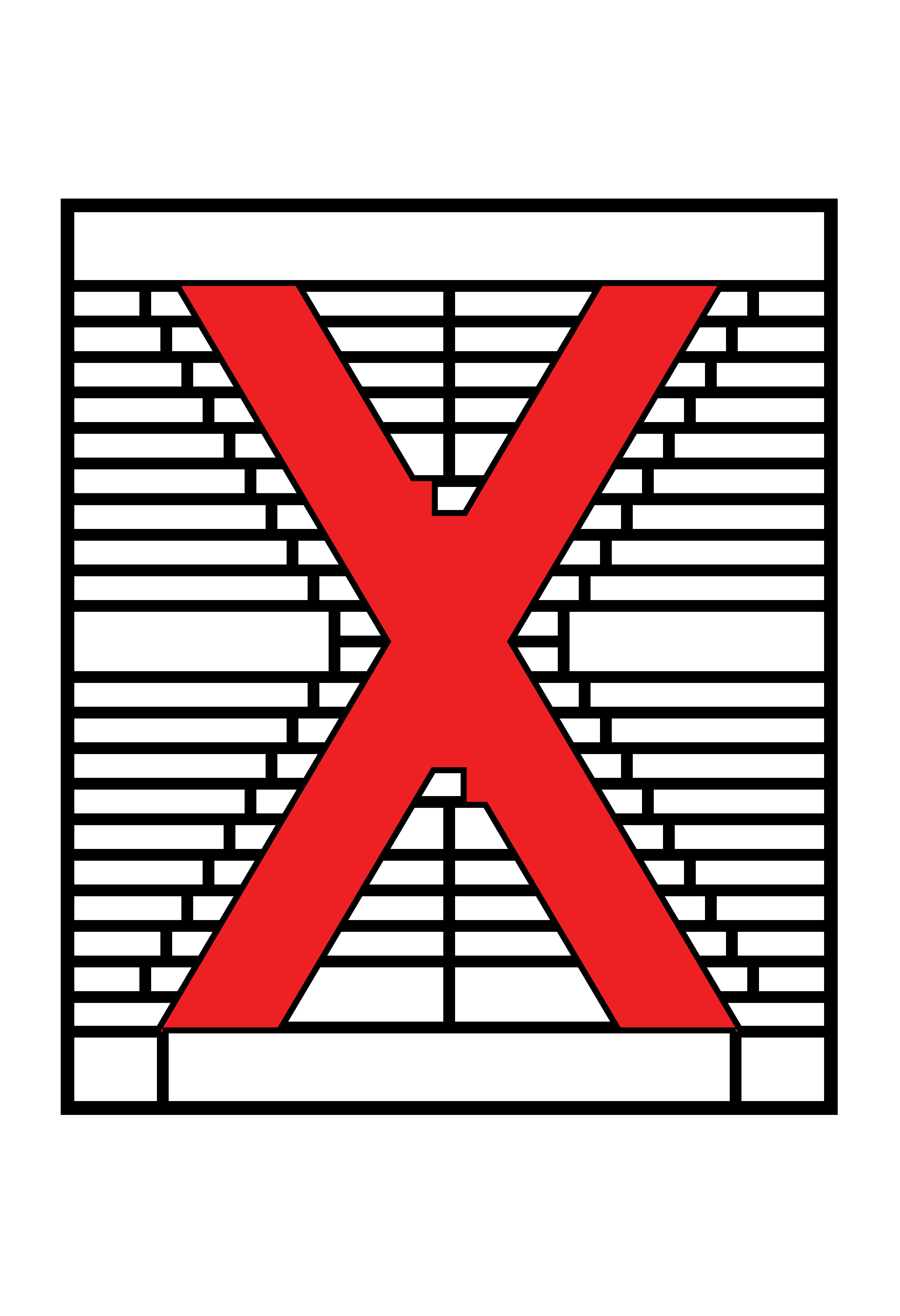
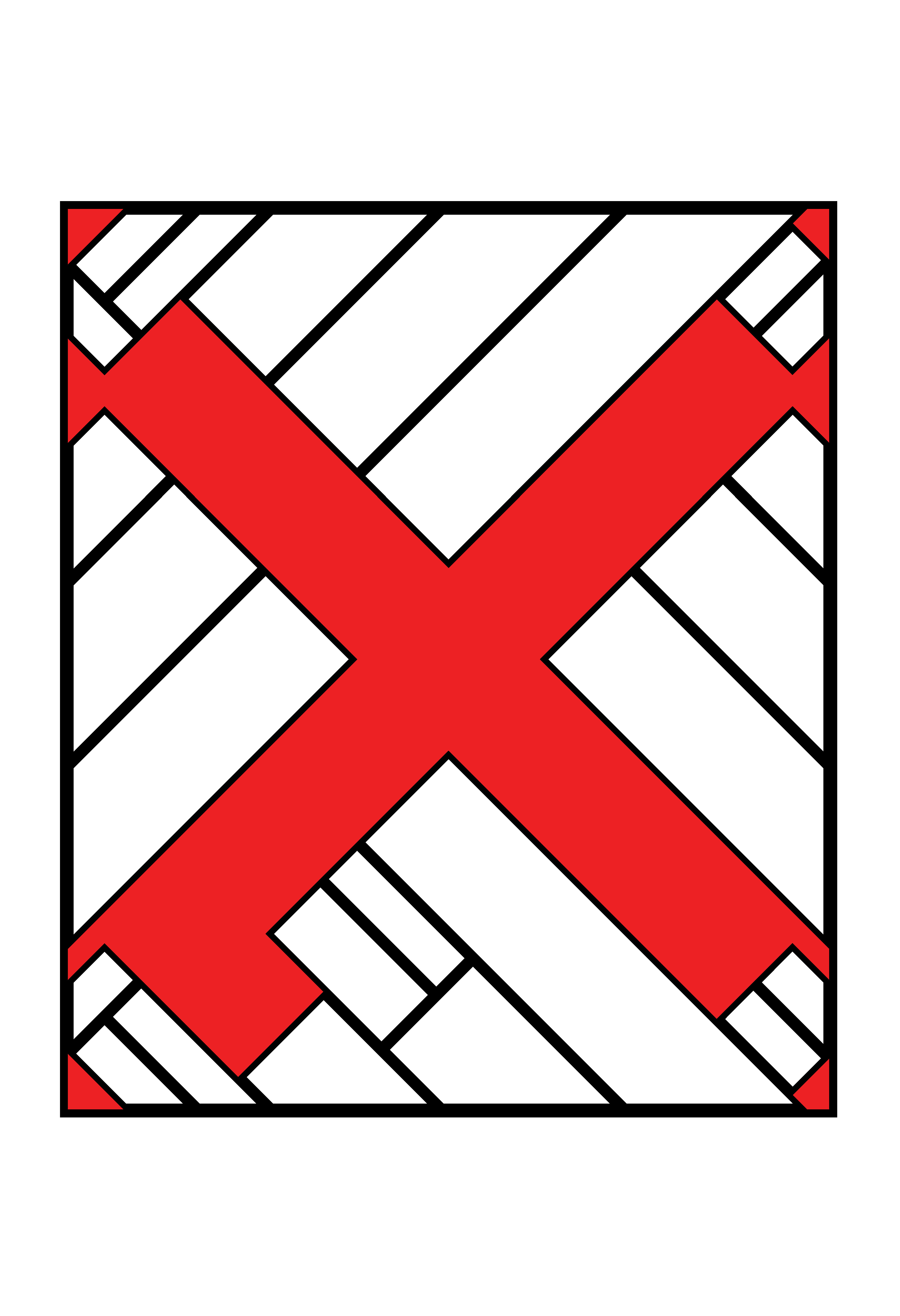
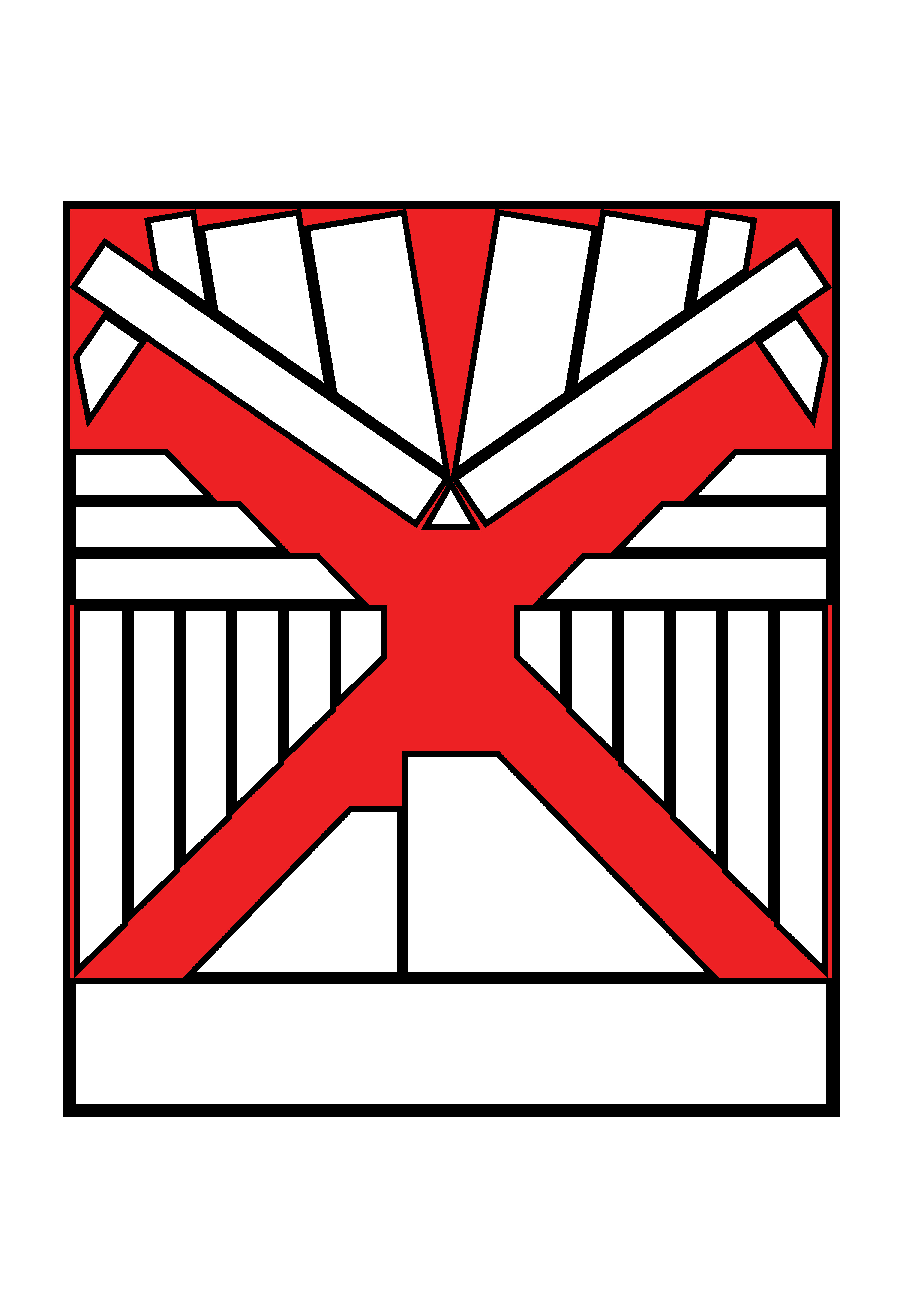
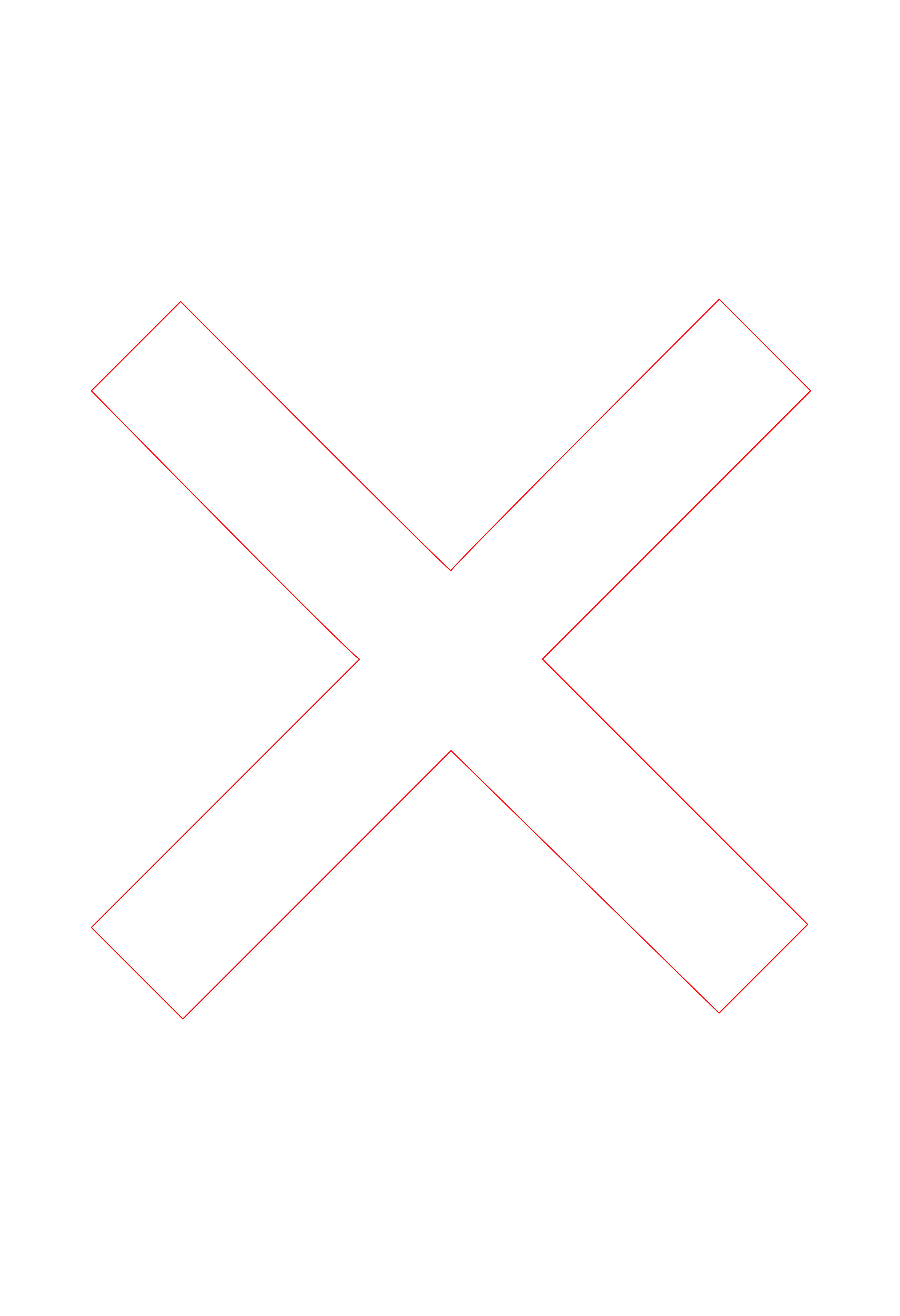
The Wiki X has 12 sides, 0 sides are orthogonal, it has 12 right angles.
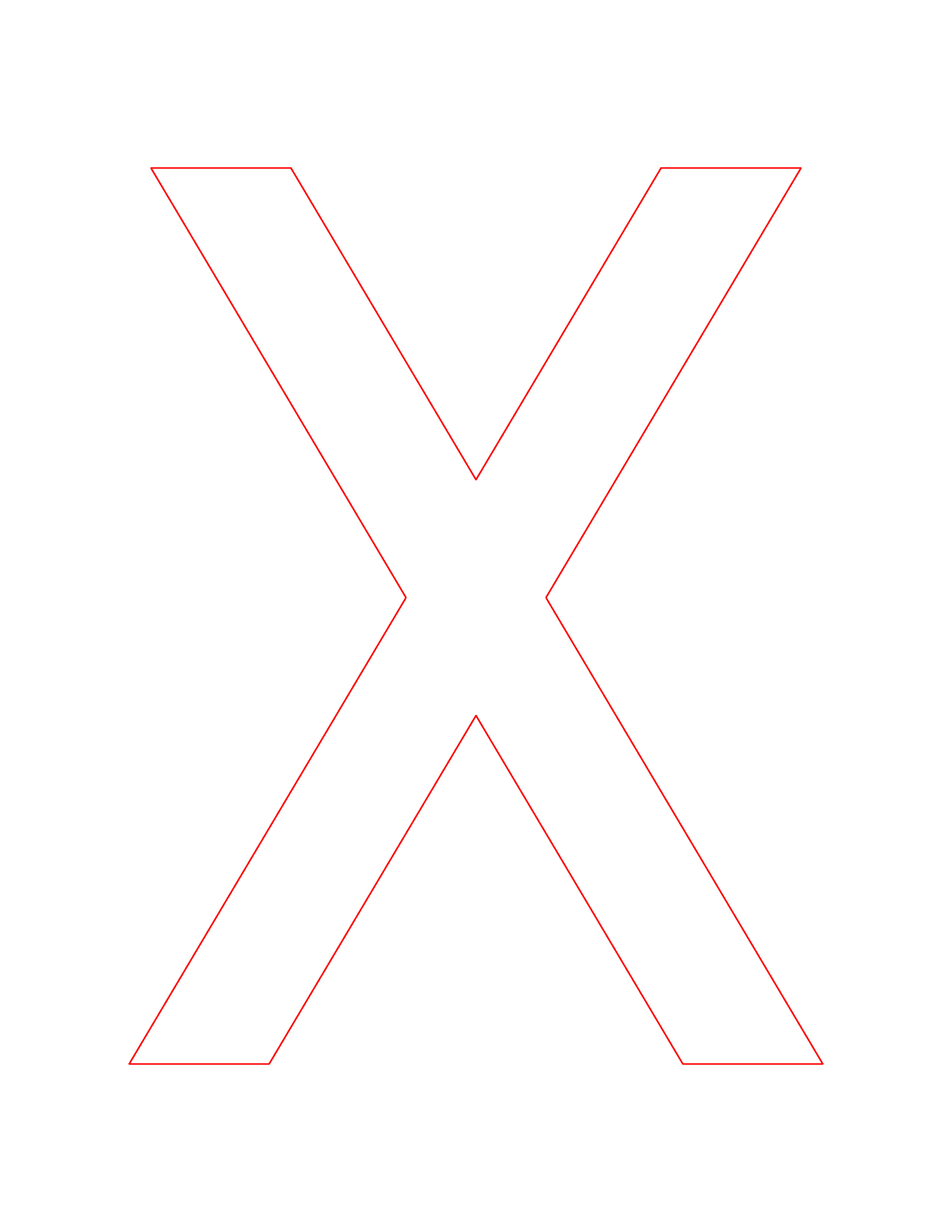
The Futura X has 12 sides, 4 sides are orthogonal (the tops and bottoms of the X), it has 0 right angles.
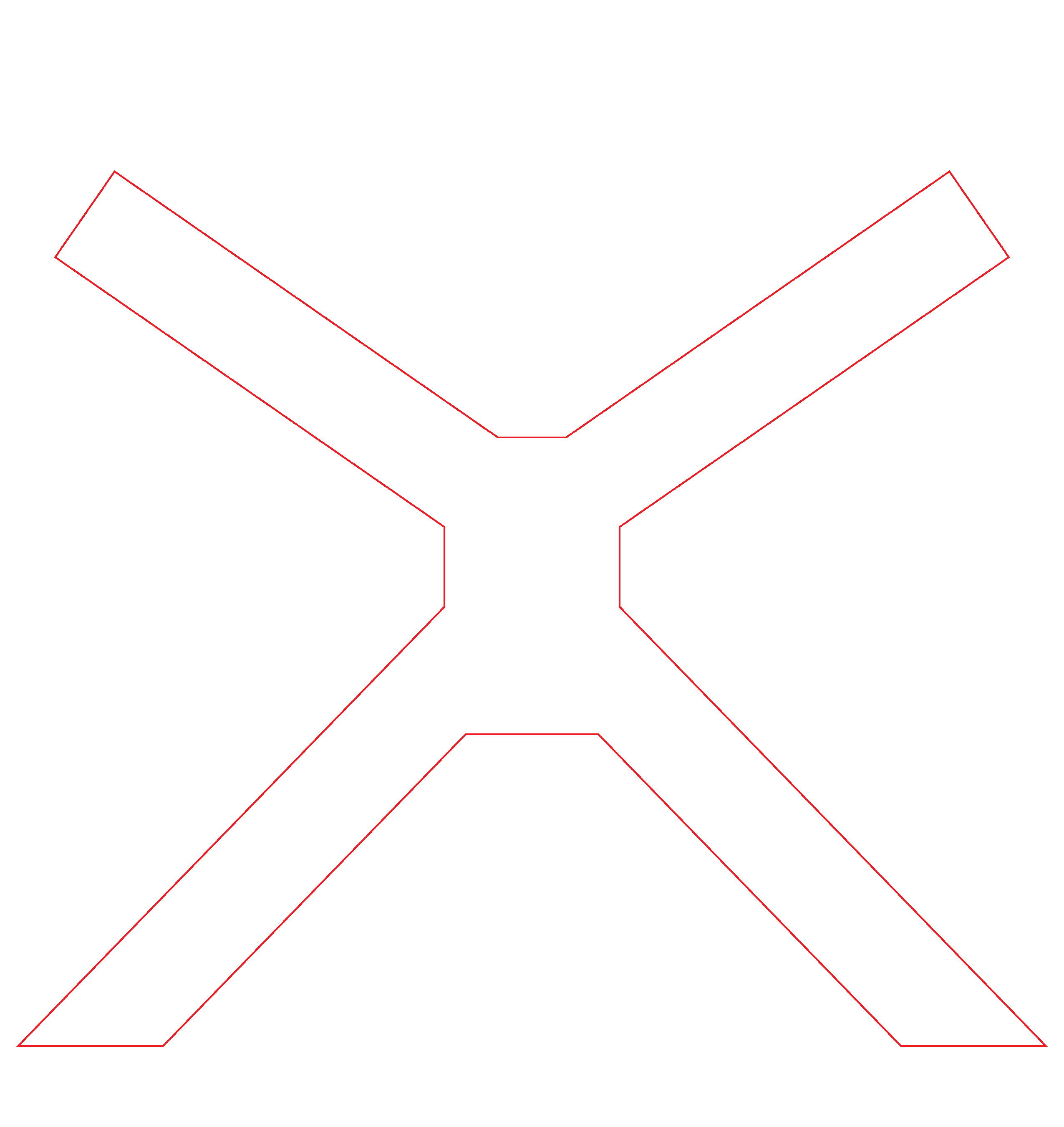
Bladen’s X is the most complicated. It has 16 sides, 6 sides are orthogonal, it has 4 right angles and at least 4 implied right angles (where the orthogonal edges at the crossing would meet), and possibly two more implied right angles if the lower two legs are at right angles to each other.
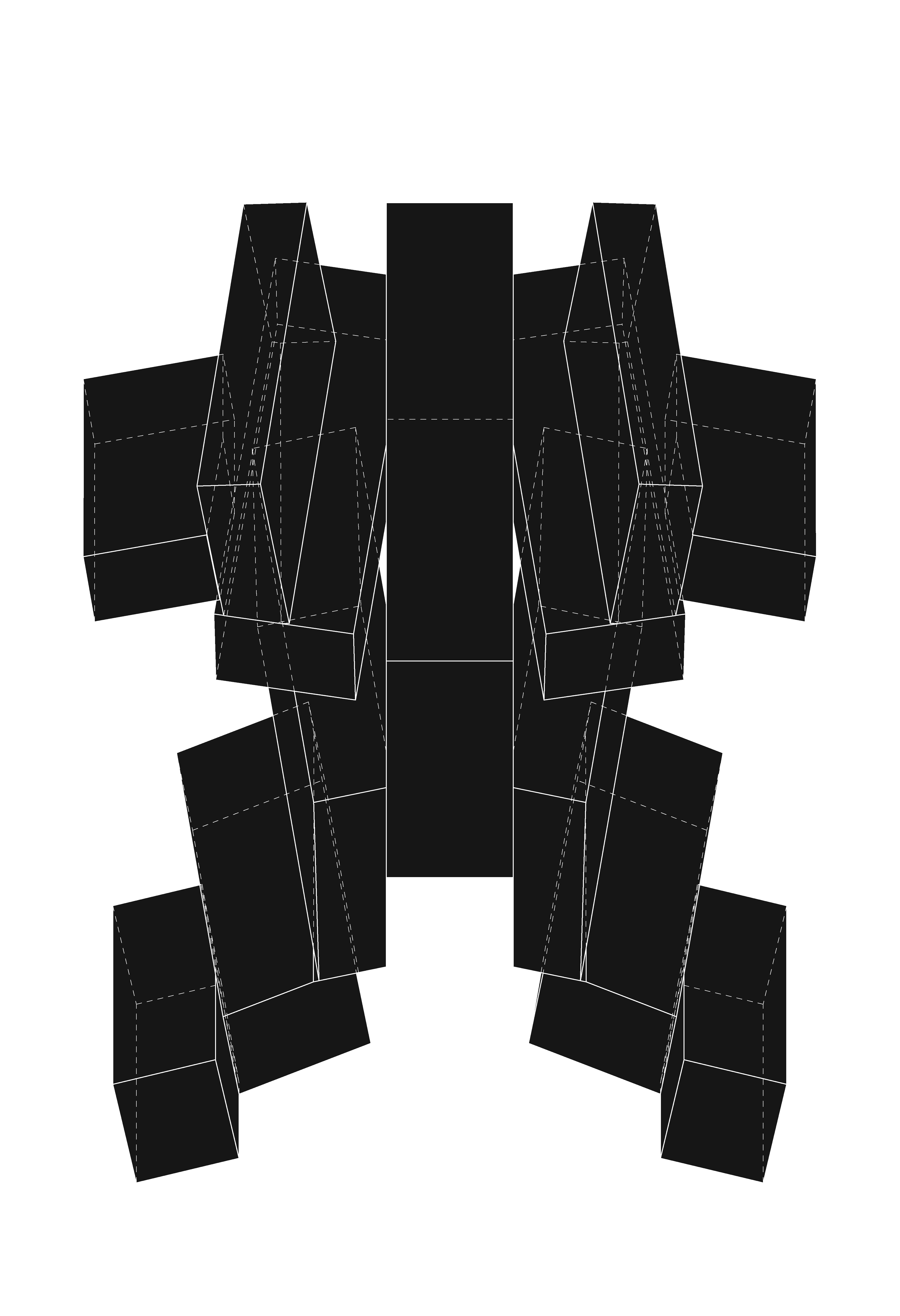
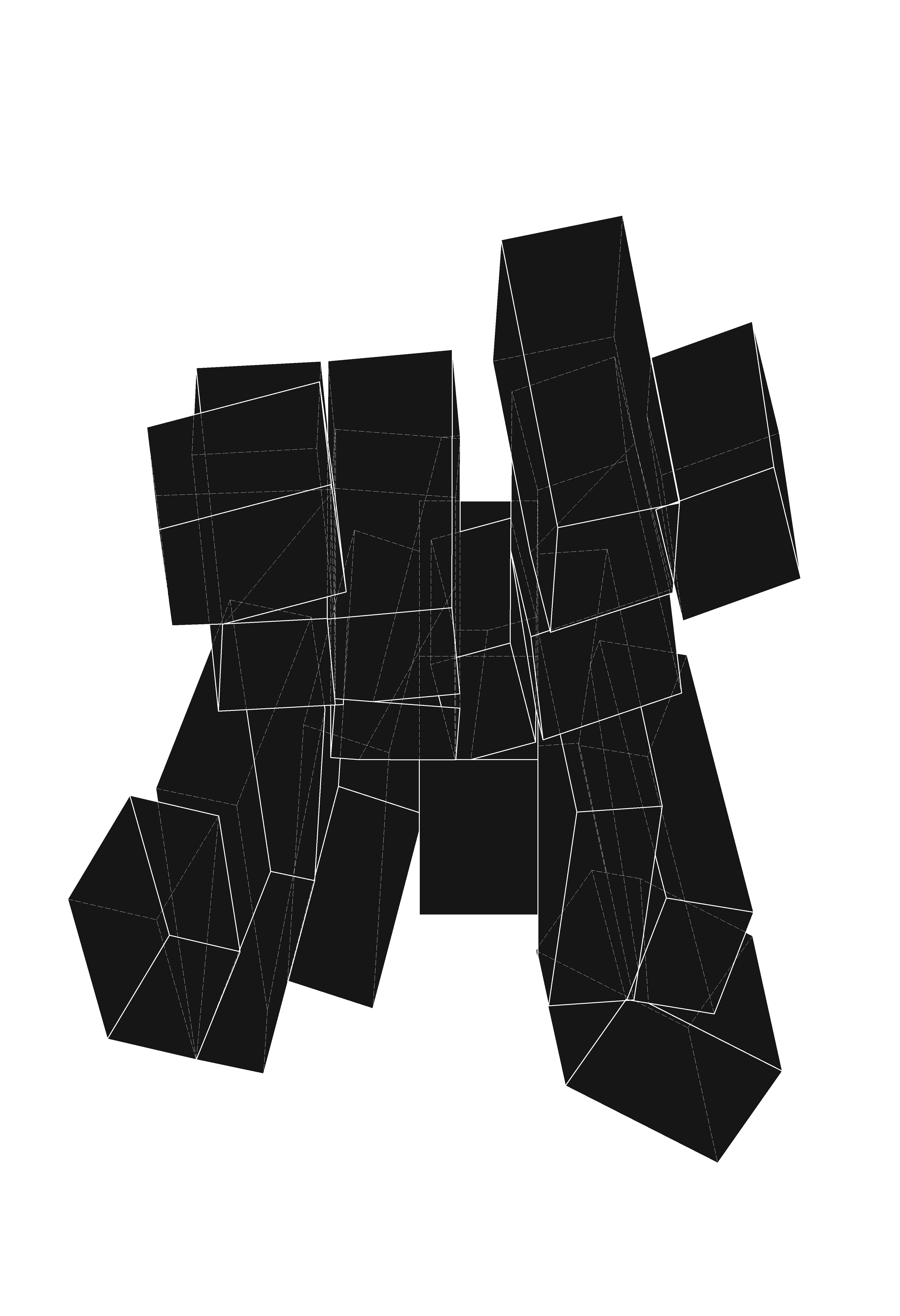

Reseach 2 :The X with Figure
On the front face of the axonometric volume, print one of the three X’s from Assignment 3 in a 0.5 point red line.
Using at least 9 but no more the 15 rectangular solids, and using the parameters listed below, create your selected
X. The parameters are designed to create a degree of disorder, while you try to reconstruct the X. The dynamic
between the two is considered the field for your creative exploration. The described steps will need to be done
sequentially and iteratively. Produce a print of your final arrangement a vertically mounted 13” x 19” sheet of
paper as with previous assignments.
1) The rectangular solids may be of any size.
2) All of the solids begin orthogonal to the containing volume. While these steps will need to be done sequentially
and iteratively, when finished each solid, before it is rotated, must abut at least one other solid (that is, each solid
has to have a coplanar face with at least one other solid). It also needs to construct a continuous assembly. That is,
no solid (or group of solids) can be left unattached from the rest of the assembly (no floating islands of blocks).
3) On one of the two coplanarfaces, draw a line that connects
two opposite edges of that faces (opposite, not adjacent.) This line
cannot be perpendicular to the edges, and it must be at least 10
degrees from normal to that plane. Using this line as a rotation axis, rotate the other solid. The rotation cannot exceed 15 degrees.
(Zago A., 2019)
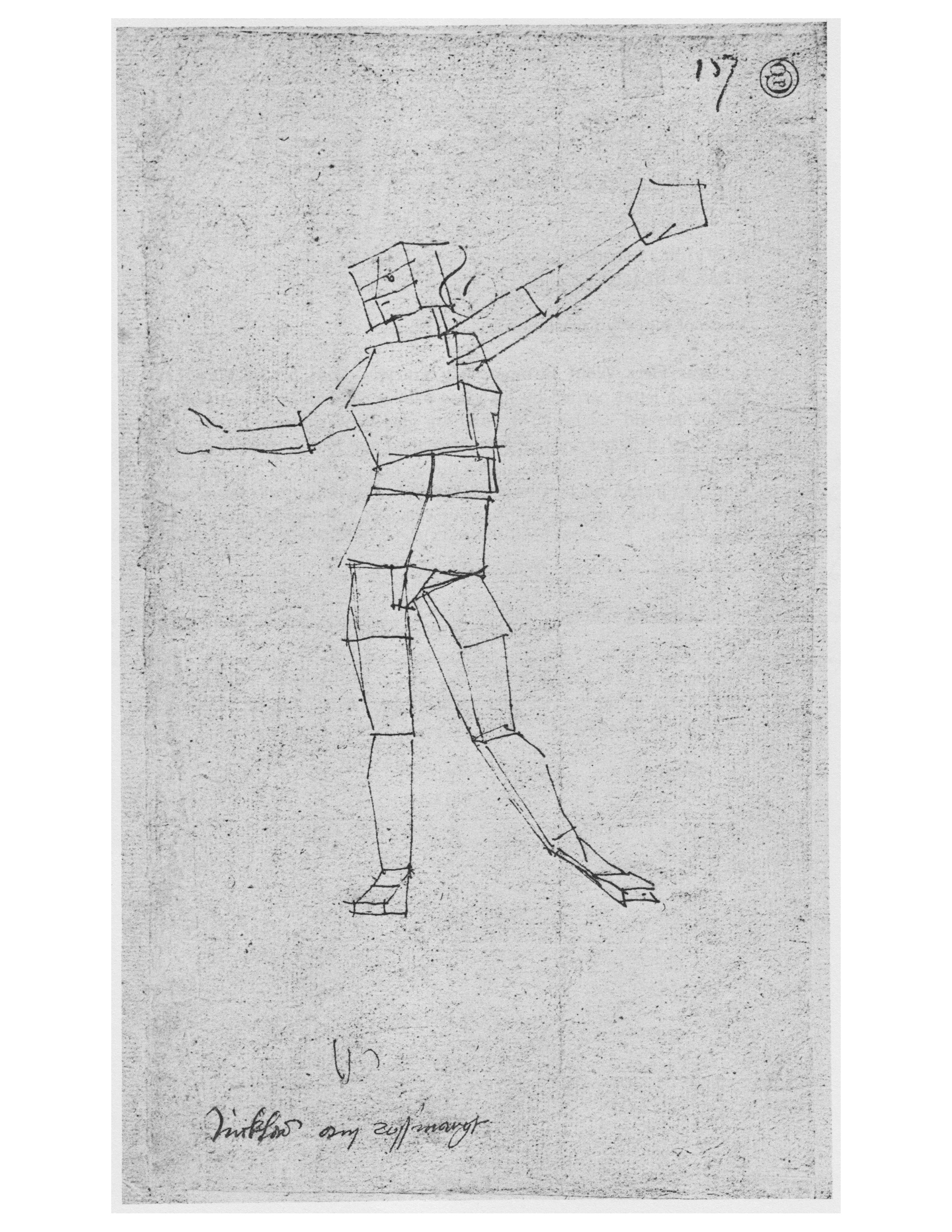
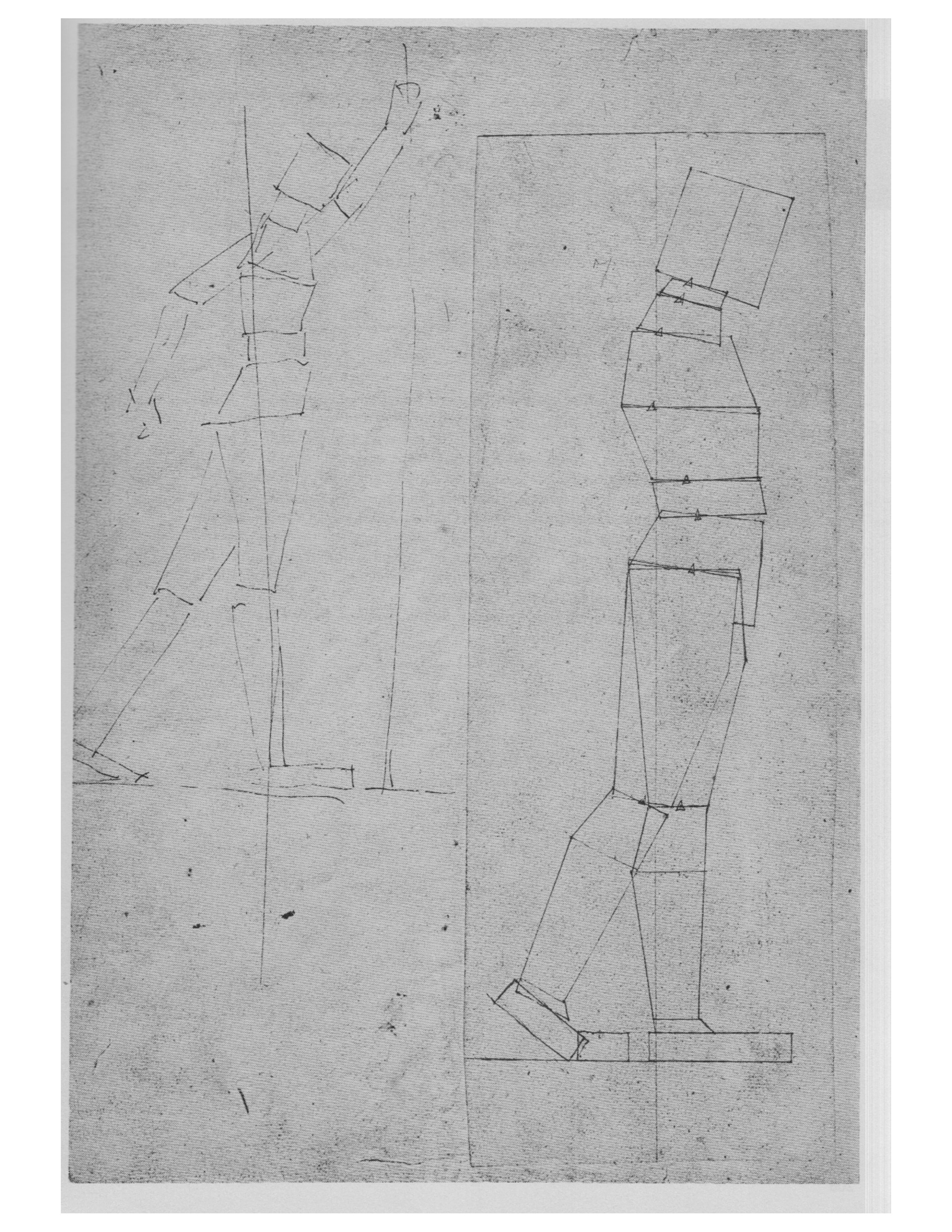
Stereometric Man (detail) by Albrecht Dürer
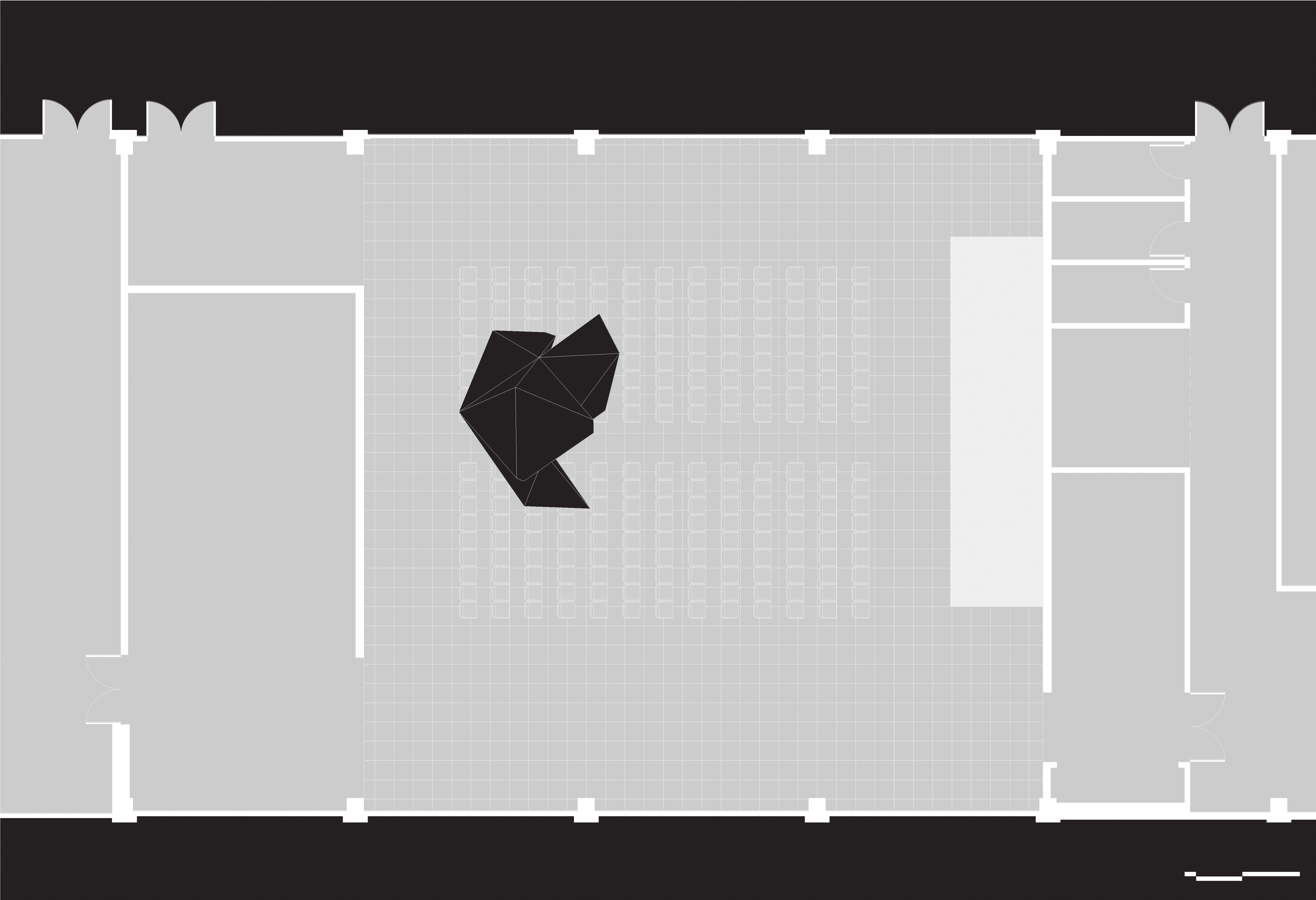
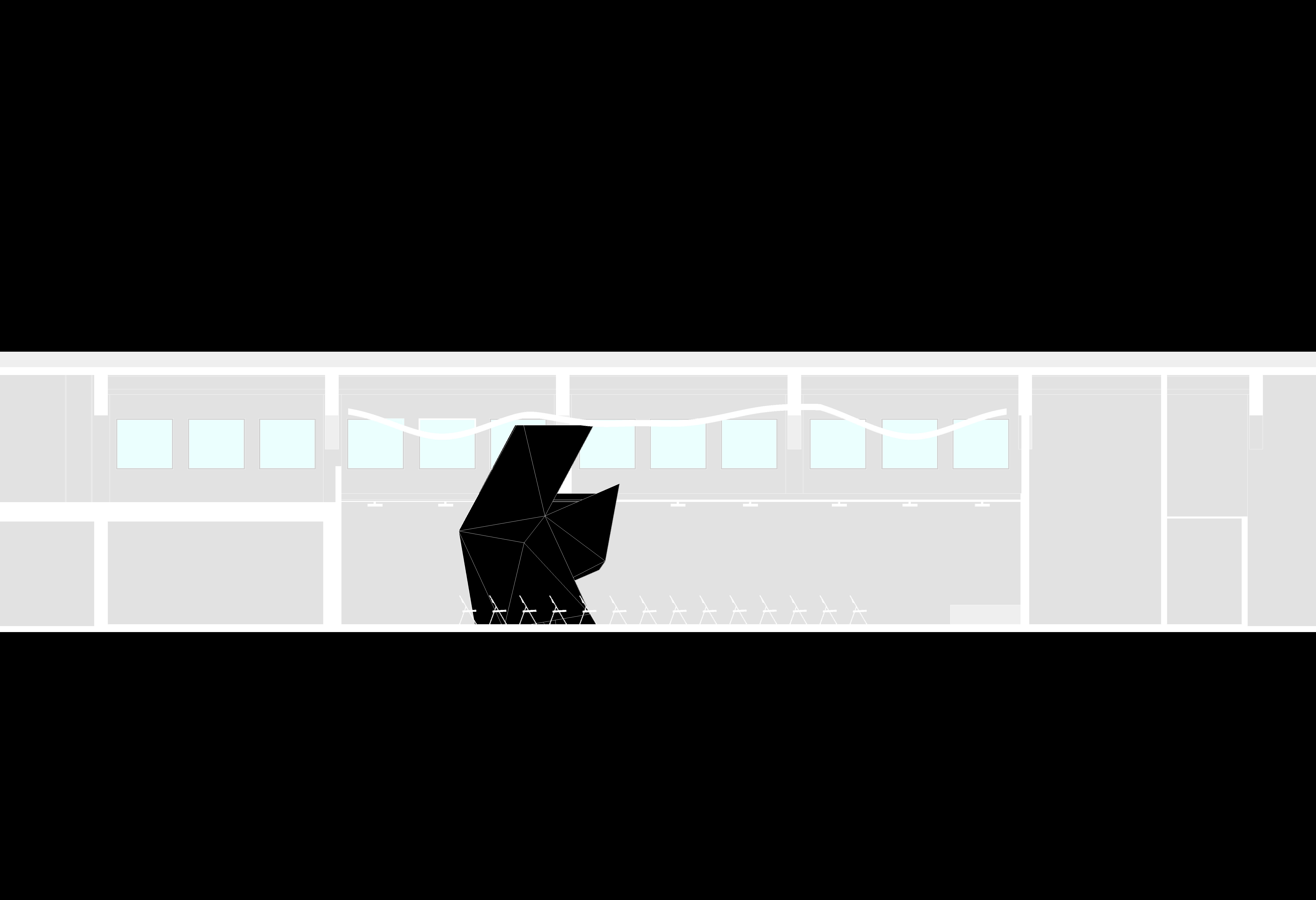
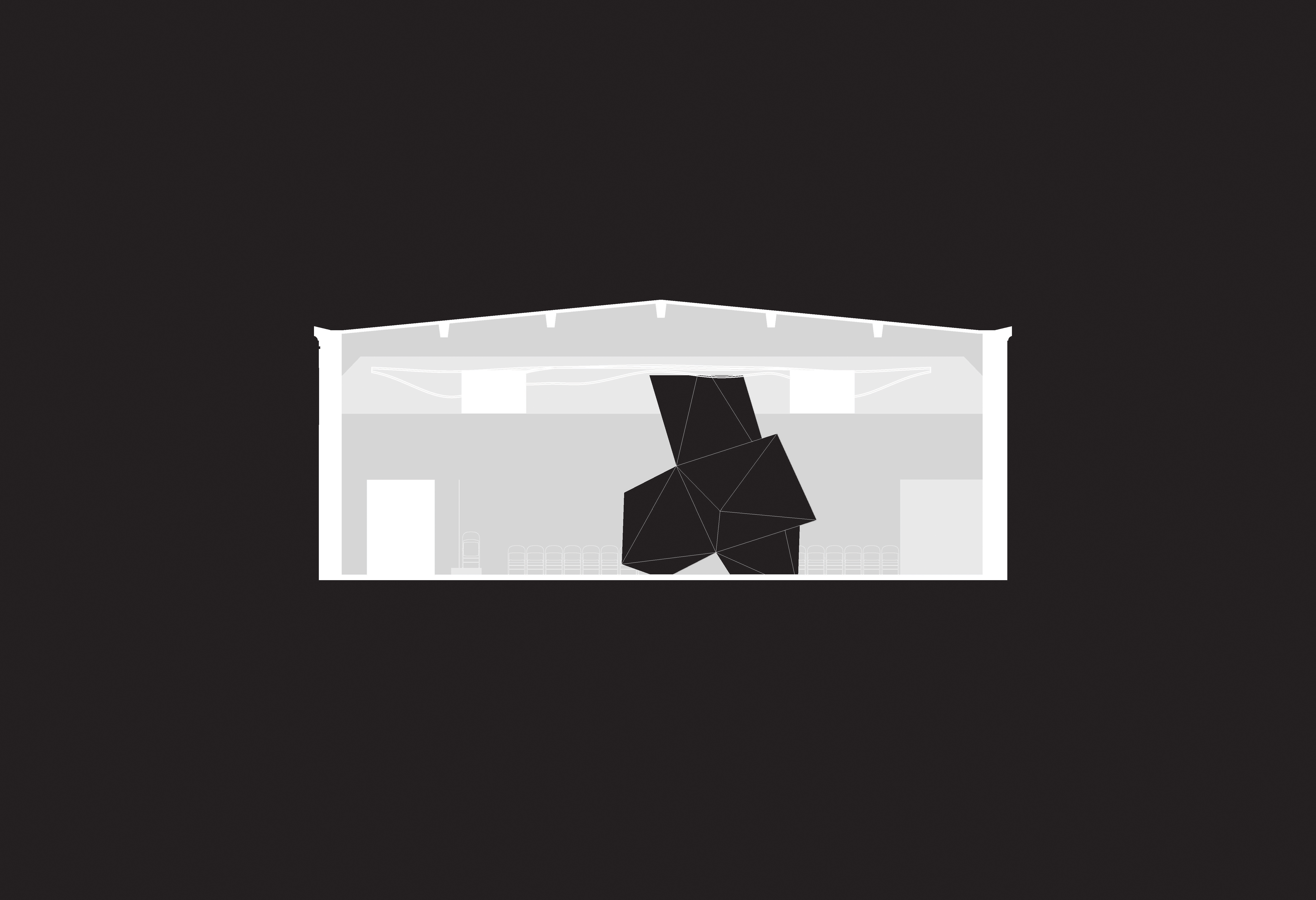
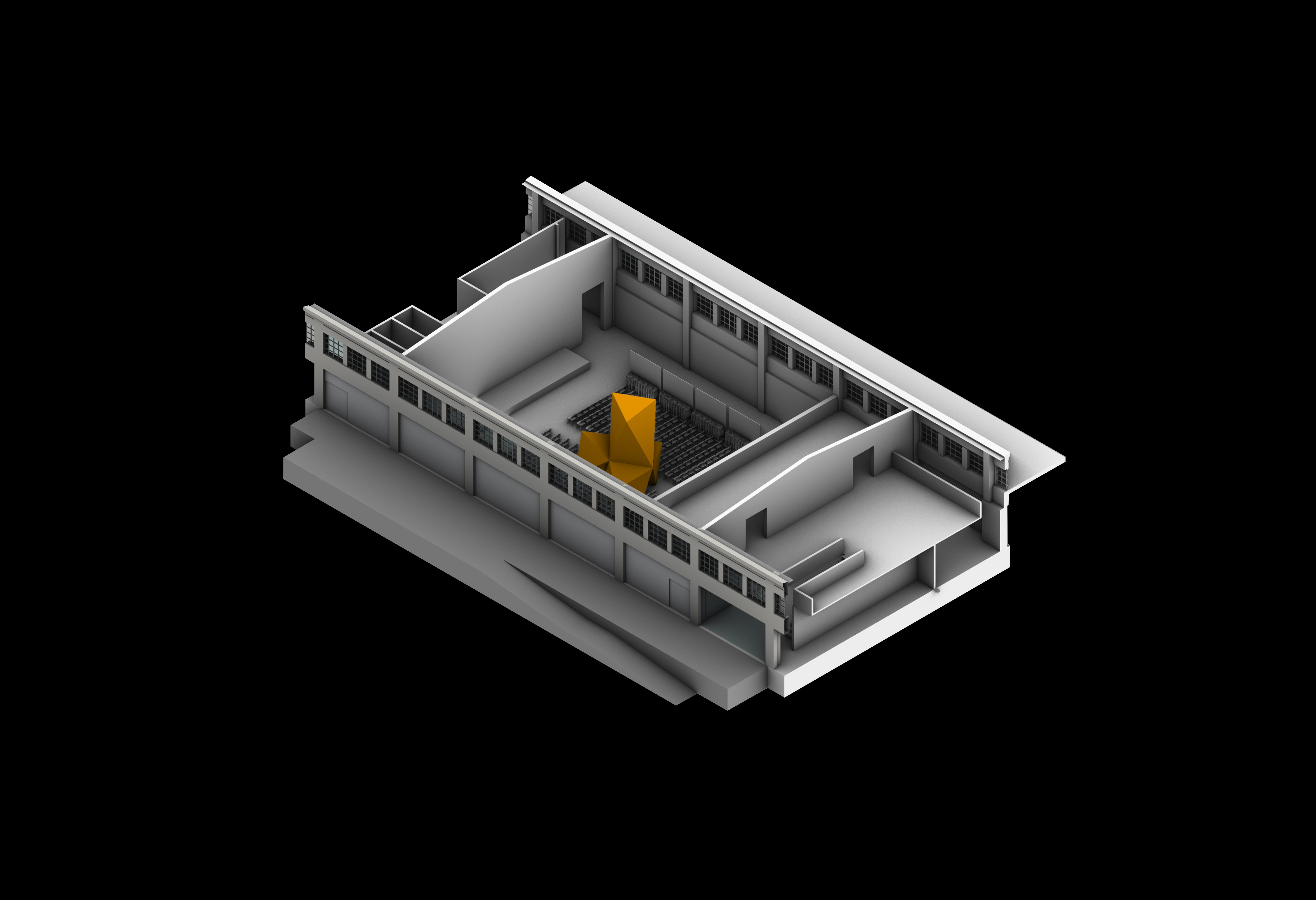
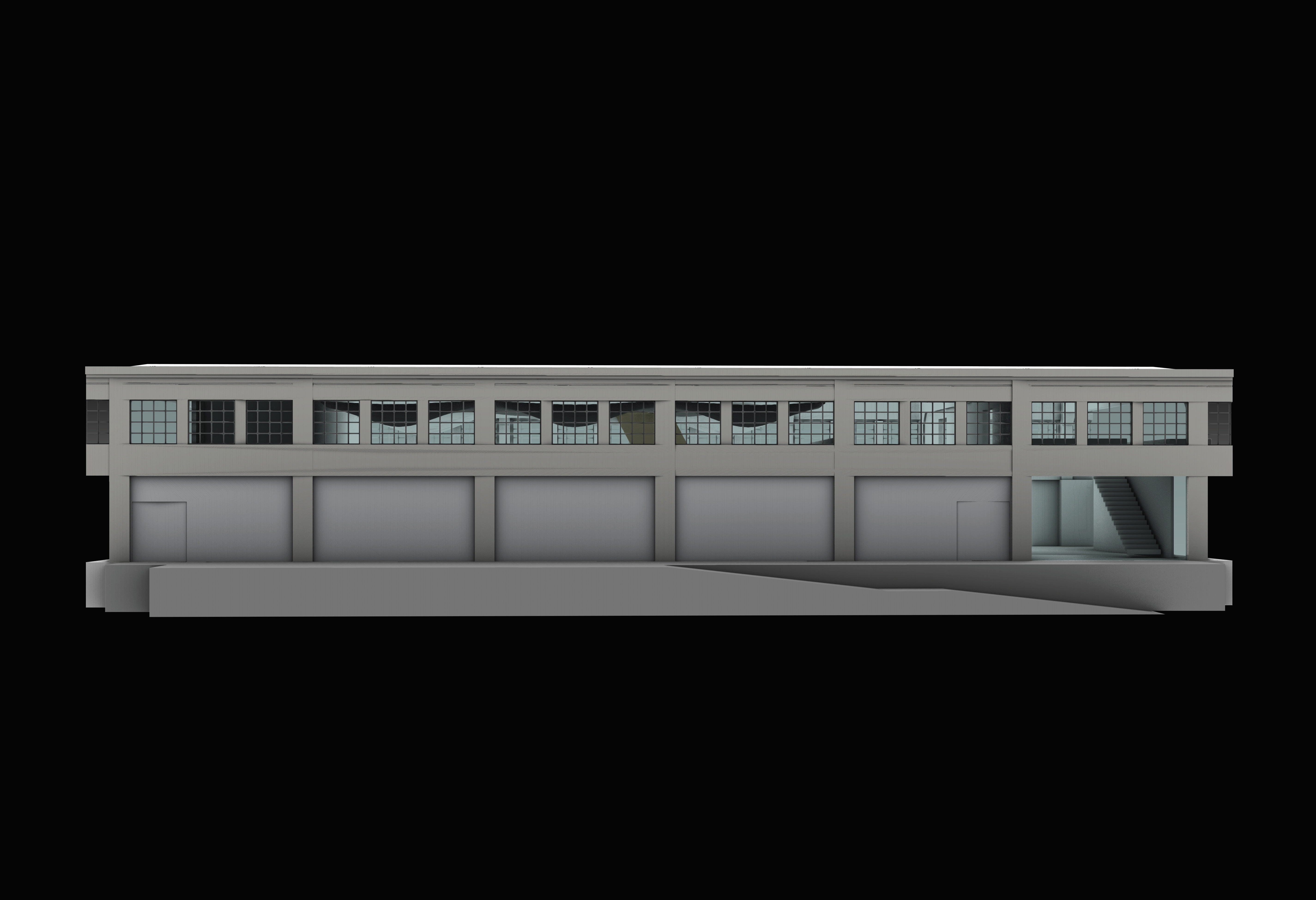
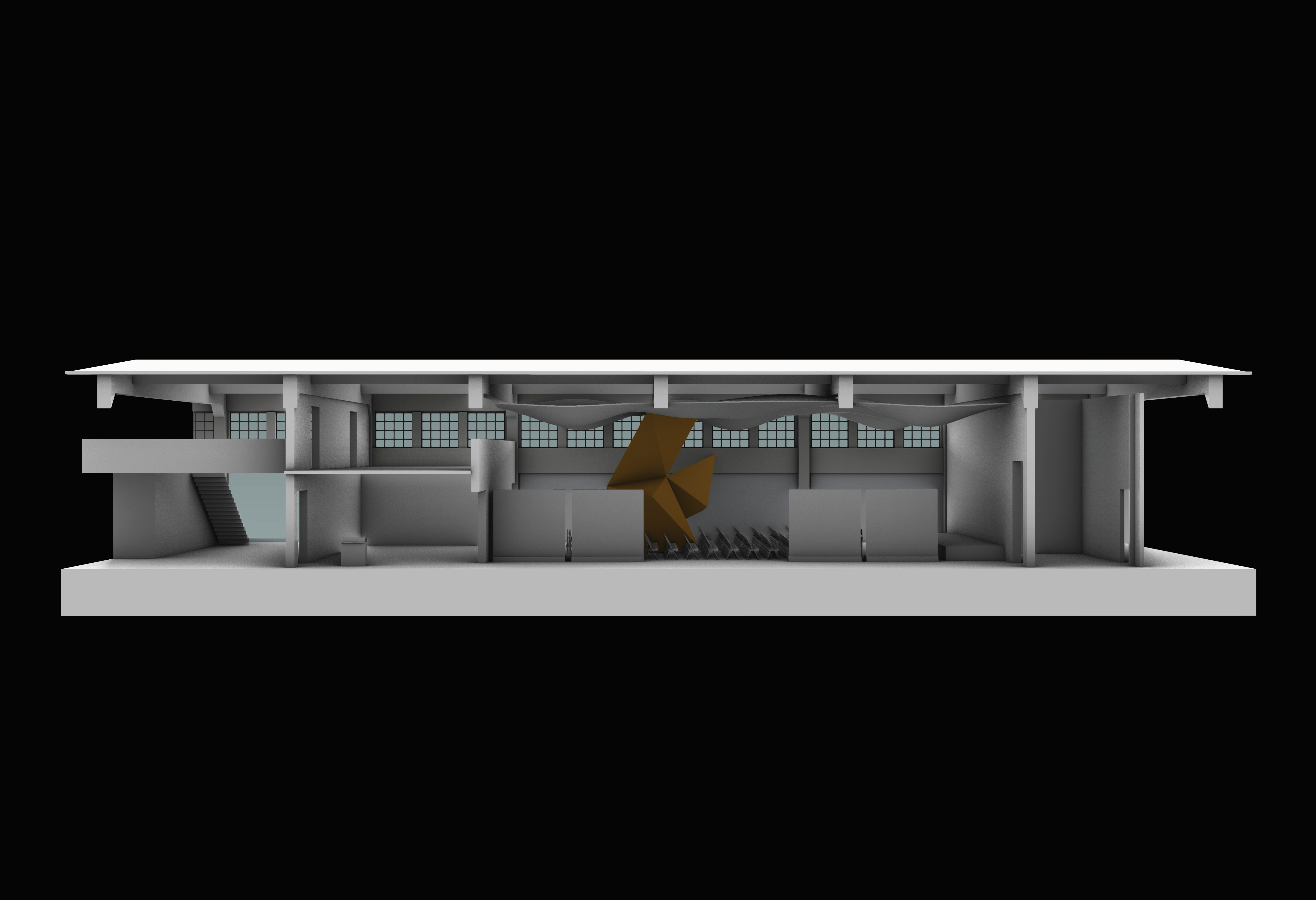
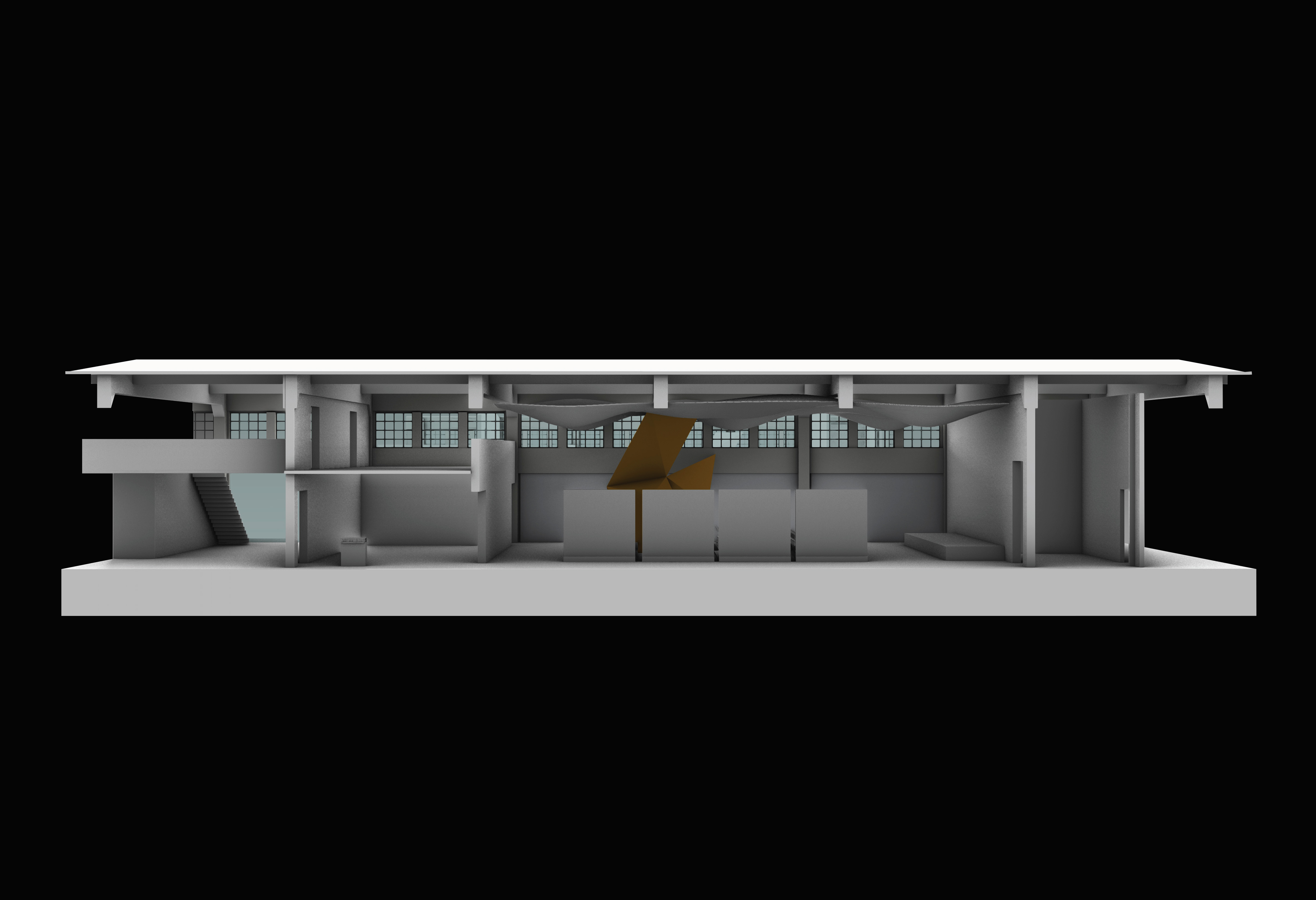









Reseach 3 :The X in SCI-Arc
Use one of the assignment guidelines given to date (or some very strict deviation from one of them) to construct a
giant X in SCI-Arc. You may place it wherever you like but it must be inside the building and it must be big - so
big that it almost doesn’t fit. Describe your arrangements through a series of two or three drawings - elevations
and/or plan in a scale of either 1/2” = 1’ - 0” or 1/4” = 1’ - 0.” Use whichever scale that is larger and allows you to
draw the X and the cut through SCI-Arc on a 13” x 19” sheet of paper. Place one drawing per sheet of paper. You may orient the sheet in either direction but all drawings must have the same sheet orientation and the same scale.
The cut through SCI-Arc should be a single, thick black line. The X, although not in axonometric, should be drawn in each view as in Assignment 5.1.2. You have been provided, via a google link, with files - in Autocad and other formats - documenting the SCI-Arc building (circa 2011).